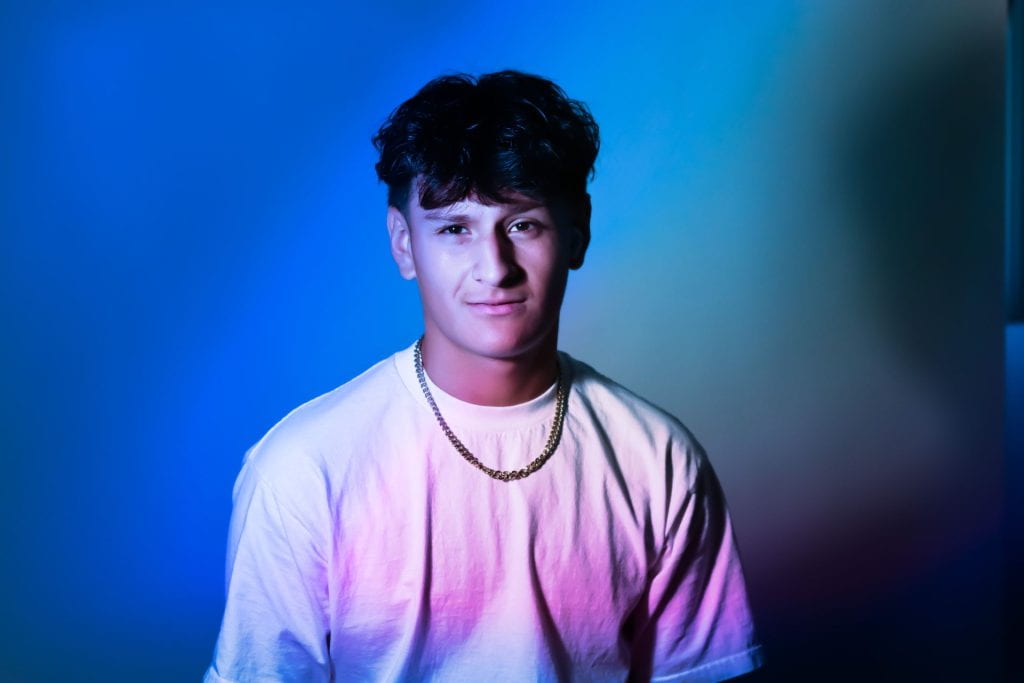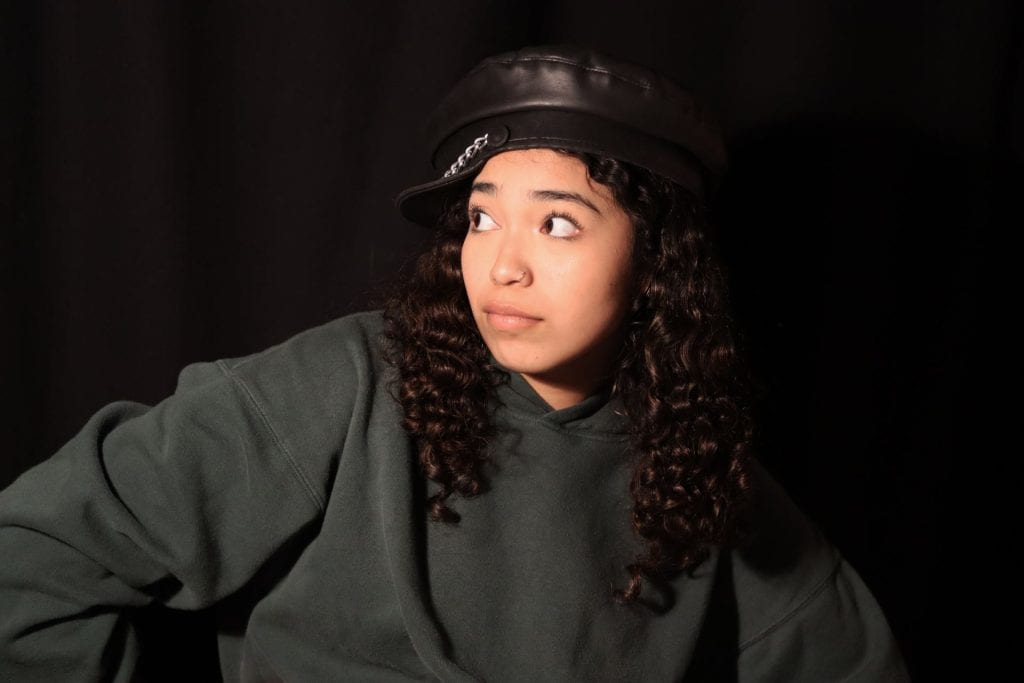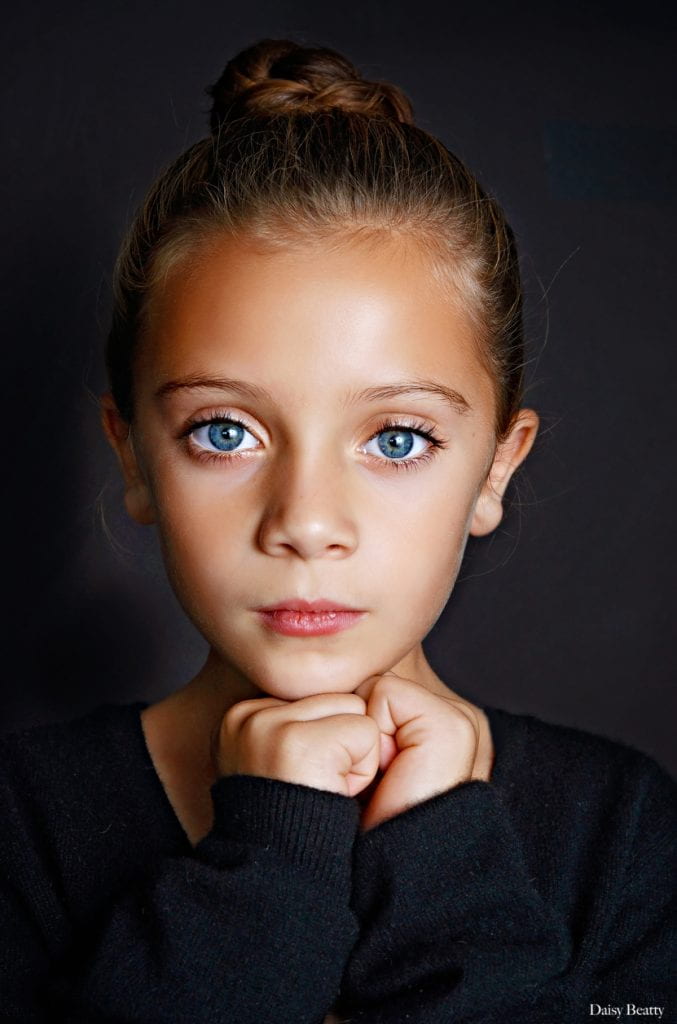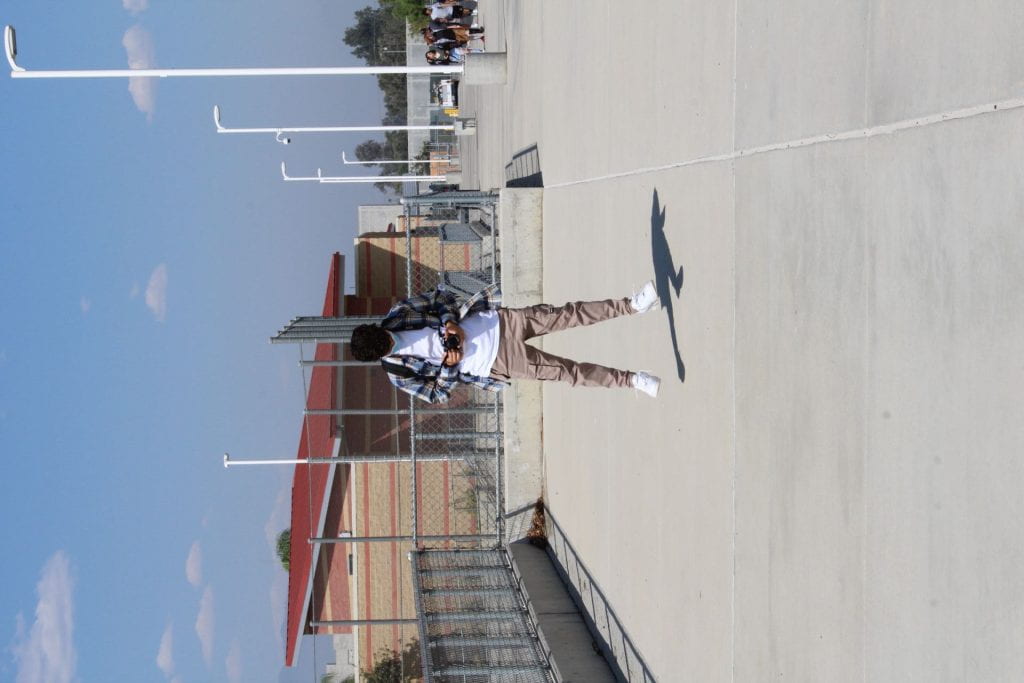- Go to the movies, movies are great inspiration. Before you go, prepare yourself mentally. You can
find inspiration in the story of the movie, in the photography, in the
morals, in one of the characters and in the dialogs. - Check out flickers explore, one of flicker’s most interesting features is the explore page. In this page you’ll see some of the images that Flickr ranks as “interesting “. 99 out of 100 times those are great photos. Take a look at these photos to get inspiration. Do not try to copy them but ask, “What do I like about it?”; “How can I make it better” or “What twist can I add on top of this picture?” (Of course, a nice bonus is to get your image in Flick’s explore)
- Try to learn a new lighting technique, sometimes you can get inspiration not by focusing on the what (the subject), but by focusing on the how. even if you shoot a boring neutral subject in an interesting way, you can get a great picture. The Strobes is a great place to learn about lighting.
- Join a photo walk, almost every town has a club that you can join and go out for a have-fun-together session. Your benefit is threefold: 1. You will be forced to get out of that couch. 2. You’ll interact with other photographers. 3. You’ll get some shooting ideas. Rich is having a group in Utah, flicker is running a bunch, and there is a photo walking site – really, they are all around– you just have to get another photog and go out the door to have one. (This is how I started, long, long ago).
- look at popular photoblogs and get inspired, getting ideas from other photographers can be very inspirational. When you look at a fellow photographer blog or gallery you expose yourself to new ideas, photography styles and techniques. You can later employ those ideas on your photography. If you see anything you like, ask how I would have taken this image, or how can I use this technique to make a say of my own. This is my list of sites. Chase has one great list as well and Brian held a good list too.
- go through your cd covers, one of the ways to get your inspiration going is to tap to other great creators and their creations. By browsing your CDs (does anybody still has CDs? or have everyone gone to iPods??!!!) you get a double kick. You get to watch the work of great photographers who shot the covers. You also get to find some great lost music that can get you inspired. Shooting a new cover to an “old” CD is a great project. (And you can always alphabetize the collection as you promised to yourself on New Year’s Eve)
- listen to your favorite music, while you are going through the covers, find one artist that really inspires you and put it in the player. Try to think what image can describe best one of the songs; The first verse; A single line; the mood of the entire CD.
- take on a photo-a-day project, sometimes what you need to get your inspiration going is a little push. A great push is a photo-a-day project. In such project you commit to take one picture each day. Such projects have various themes and lengths. Some of the projects are portrait oriented (or self-portrait); some are generic; some have a general theme. Some are a month long; some are a yearlong and some are a picture a week. No matter which one you choose, the need to create something new on a deadline can give your creativity that little push it needs.
- read an (art) magazine, actually you can read n Art / Fashion / Fun magazine. Magazines like wired can trigger new ideas just because they are so packed and full of inspirational stuff. Fashion magazines like Elle or Vogue often has lots of great photos that one can try and analyze both for technique and composition. (Heck, even the advertisements are shot in a great way).
- shoot a sporting event, Sporting events are everywhere. At your local school, College or down
at the park where your little (or big) brother is playing football. It is a great opportunity to take action shots as well as portraits. It is also a great opportunity to practice action shooting if you ever want to make a career at sports shooting. - look 360, When you walk, you are always looking forward, right? As a photographer
you should get used to looking sideways, up and down. You’ll be amazed
at the amount of photo opportunities, you can find on ceilings, second
floors, looking down the escalator. Reflections in puddles, car windows, shopping windows. Shadows on the floor, walls. You get the point. - shoot for a holiday theme, Shoot something in the holiday spirit. An item related to the holiday: snowslide; Cross; Manora; Shoot a scene from the Bible, New testimony; Koran – give it a twist.
- reproduce art by the old masters, As David says, all the old masters are not called masters for nothing. They had it when it came to lighting, composition and posing. Trying to make an image like the old masters did it, is not an easy task. You can learn allot by trying to produce a very similar image. You can also learn
allot from trying to homage art made by one of the great ones. The image on the left is a great example of such reproduction of Rene Magritte – The Lovers by Mister rad. - shoot a gorgeous model, there is nothing more inspiring then shooting a gorgeous model. Whatever your definition of gorgeous model may be. The effort to bring one’s beauty to the final picture is demanding and challenging. The bonus is that you get to spend time with your definition of beauty. Don from Lighting Essentials has some great tips on low budget model shooting. This guy can work miracles using a single flash a ton (yep 1000 kilos) of v-cards.
- treat yourself to “photo inspiration” coupons, Rui from LM has a nice technique to get some idea for the next shoot. He uses Inspirational coupons. Each coupon has a theme, or an exercise divided into three: Theme, setting and time. By combining all three you can generate an assignment. and there is also an online version of the inspiration coupons. So, if you don’t know what to shoot next? Just pick a card.
- see an art show, Art shows are a great resource of inspiration. They can give you a new idea to focus on, help you understand a technique or take on a new perspective. Art shows often act as creativity singularities and the mere fact that a place is packed with art can help you to get inspired.
- take on a photo assignment or challenge, Like I said before sometimes all you need to get inspired is a little positive pressure. Taking on an assignment is a great way to put yourself in a spot that will make you feel committed for inspiration. It will also narrow down your choices – sometimes it is a good thing.
- shoot your family, this is the ultimate there-is-no-way-out decision you can take to jump start your photographer block. Your family is always there, no need to get out, to schedule anything. Just decide how you want to make the shot and shoot. Many of the tutorials on DIYP are family made.
- shoot your favorite food, have your mama ever told you not to play with your food? Well, she never said, don’t photograph it. Taking a photograph of food in an appetizing way is challenging. The Light source has a great podcast with Kelly cline, a commercial food photographer. And both Photo Jojo and Camera Porn has a quick tip article to aim you at the right direction.
- shoot in the dark, how can one shoot in the dark? This again is a project that needs no special setup. Just a tripod and a flashlight. In my painting with light tutorial, I discuss a nice technique to make light doodles with just a flashlight in a dark place.
self with words
Am i talking to myself
PAINTING WITH LIGHT
RAW VS JPEG
- The difference between Raw v. JPEG is the size. The Raw photo covers every detail giving control to the editor, while JPEG has more advantage when it comes to the size, this is because the data they have is compressed.
- I believe the raw file is bigger.
- You can change Raw file into a JPEG once your photos are on the computers, this is by exporting another photo into a JPEG. This will take a new photo, but it will be saved into JPEG.
- If I were to shoot for an important event, I would use Raw. This because I have the ability to change it so if I need to change it into a JPEG later on I can. I also feel that I can also do many different things with the raw that I can’t with the JPEG.
portraits
mode, M, 60.00mm, 1/250 sec, f/2.8, iso 800
mode, M, 60.00mm, 1/250 sec, f/2.8, iso 800
mode, M, 60.00mm, 1/250 sec, f/2.8, iso 1250
mode, M, 60.00mm, 1/250 sec, f/2.8, iso 1250
mode. M, 60.00mm,1/200 sec, f/2.8, iso 2000
mode. M, 60.00mm,1/200 sec, f/2.8, iso 2000
blue eyes, pink lips, chapped lips,light skin, pink pigment, hair in a bun, hands under chin,black sweater, strands of hair out
The purpose of main light is to lift dark shadows and bring light to cover the shadows in the picture.
The purpose of fill light is to expose the details in an image.
The six types of lighting patterns are split lighting, loop lighting, rembrandt lighting, butterfly lighting, broad lighting, and short lighting.
action sharp & motion blur
DSLR
- prime lens: only one focal length
- zoom lenses: variable focal lengths
- AF =(autofocus) MF =(manual focus)
- high iso value means the sensor will be MORE sensitive to light, meaning it will take less light to get the right exposure
- more available light = lower iso
- less available light = higher iso
- shutter speed: how long the shutter is open
- fraction: focal length divided by lens diameter
- smaller number actually represents a larger opening
- larger aperture, shallower depth of field
- most cameras have presets have daylight, cloudy, flash, various
indoor lights - P (Program) – camera sets shutter speed and aperture, but you can choose ISO, AF/MF, white balance
- Tv (Shutter Speed priority) – you choose shutter speed, camera chooses appropriate aperture
- Av (Aperture priority) – you choose aperture, camera chooses appropriate shutter speed
- M (Manual) – you choose EVERYTHING
- A-Dep (Automatic depth of field) – camera chooses aperture, shutter speed combo to get best DOF
- the denominator becomes the f-stop number
- your shutter speed should be double your frame right
- use the lowest ISO you can to avoid grain/noise
- dslr cameras are differnt from phone cameras because they have detachable lenses
-
portrait read and write
- Framing can be radical mainly up to you
- Compare the very low key, dim lighting with negative exposure compensation
- To evoke peace and harmony
- Decided on a high angle in order to capture like a mountain
- Leave space
- A good portrait is an image of a person that manages to tell a story.
- A good portrait tells us something about the person in the image, and composition is a key element that helps us create a storytelling portrait.
- To identify visual storytelling potential and decide how much time you’re willing to wait until the story materializes.
- Make the background much more dominant compared to the previous image.
- To use negative exposure compensation and thus create a silhouette was to not compete with red color in the background and give it a sense of harmony.
- Sometimes by over-thinking, the subject might lose patience.
- Make it the dominant factor of your composition.
- The composition to add balance to the entire frame.
- make using natural light only with explanations of the thinking process and goals in terms of composition.
- Choosing how much background to include




















